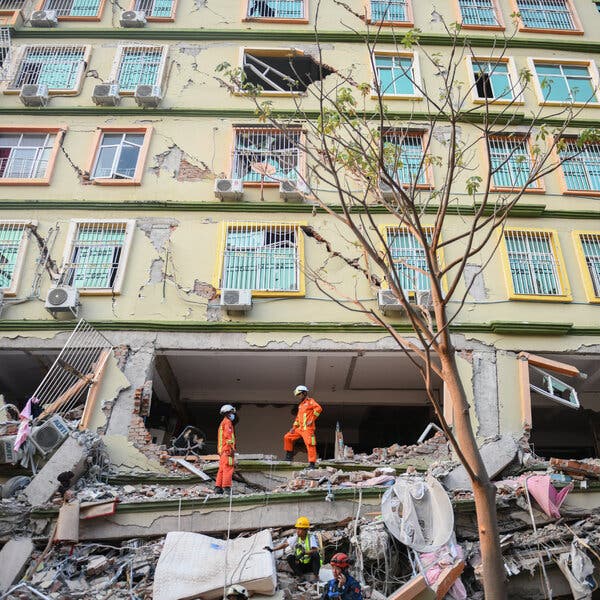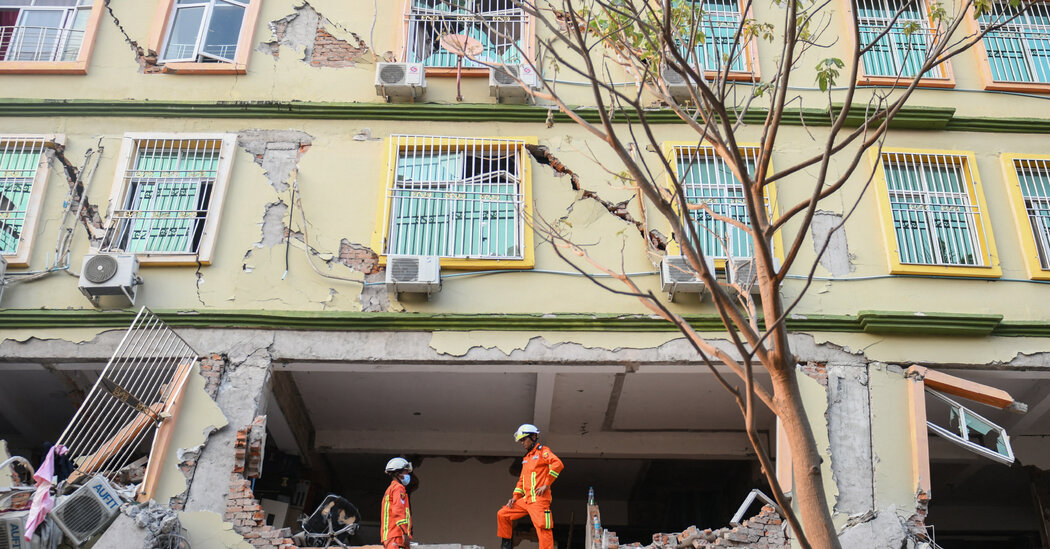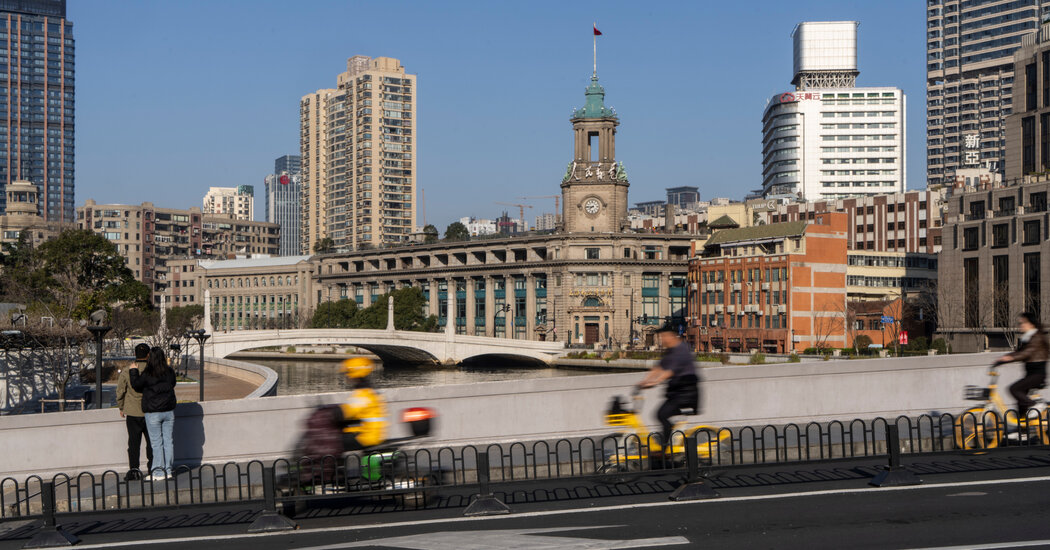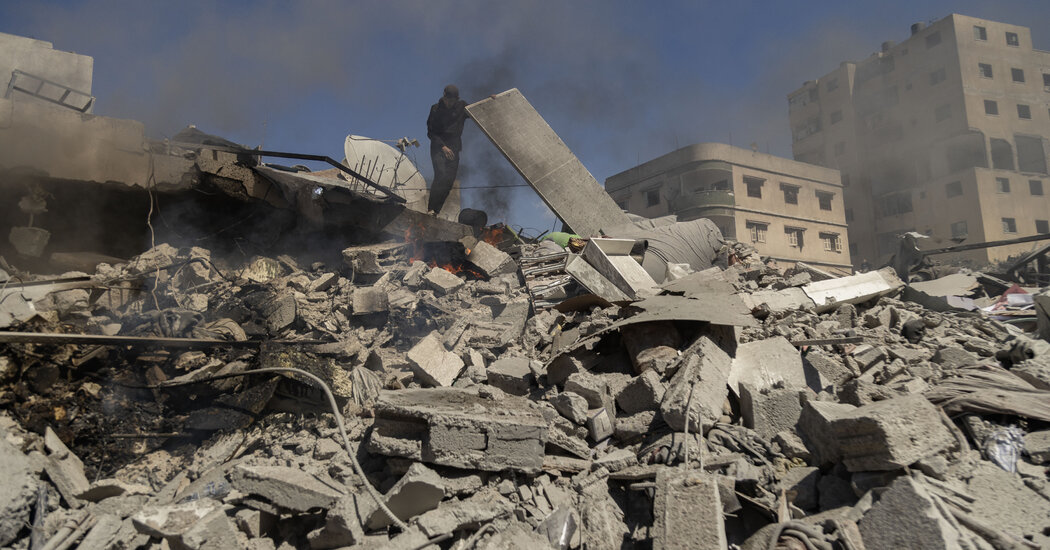Tragedy Strikes in Myanmar

Rescue efforts are underway at an apartment building in Mandalay, Myanmar, following a devastating earthquake that struck the region over the weekend. Over 1,600 lives have been lost, and more than 3,000 individuals have sustained injuries in what is being described as the most powerful earthquake to hit the country in over a century.
The initial quake, which left widespread destruction in its wake, was followed by a significant aftershock yesterday that struck Mandalay, Myanmar’s second-largest city. This tremor caused several buildings that had initially withstood the first quake to collapse, raising fears for those still missing. As the hours pass, the window for survival narrows; experts warn that the critical 72-hour period for rescue operations is rapidly closing.
Amidst this natural disaster, the ruling military junta has intensified its brutal airstrike campaign over the weekend. Myanmar has been in the grips of a protracted civil war, which has already left nearly 20 million people in dire need of shelter and food, exacerbated by the recent earthquake, according to reports from the United Nations.
Power Dynamics: Analysts suggest that this earthquake could potentially alter the course of the ongoing civil war. The Arakan Army, a formidable rebel group, has gained control over significant portions of Rakhine State and might seize this opportunity to expand its influence into the southern regions of the country, challenging the military’s hold.
Aid Efforts: While international support is beginning to flow into Myanmar, there are lingering concerns regarding the distribution of this much-needed relief. According to Scot Marciel, who served as the U.S. ambassador to Myanmar from 2016 to 2020, the Myanmar Army has a troubling history of weaponizing aid, raising doubts about how effectively assistance will reach those in need.




